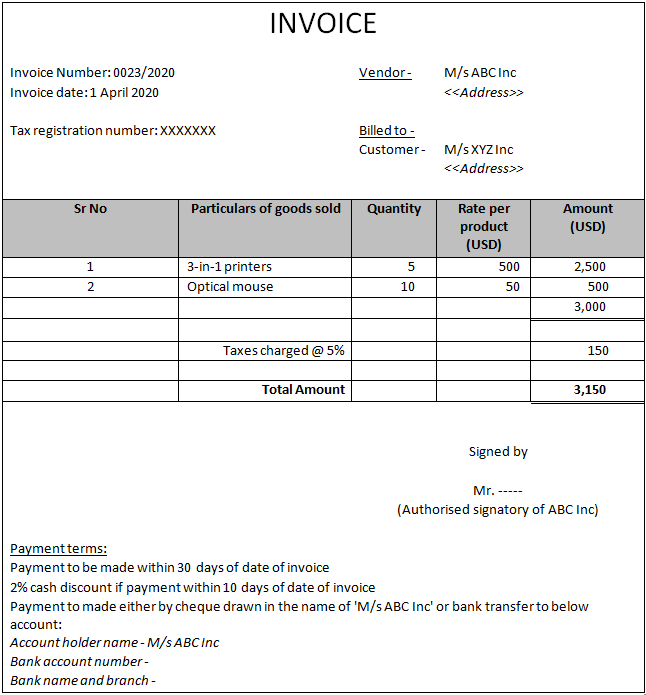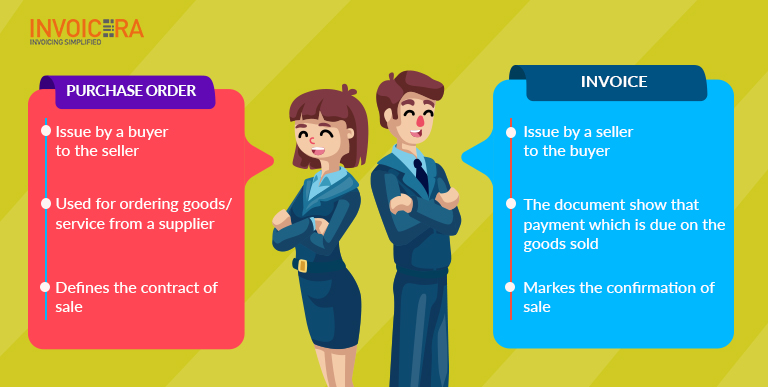

For instance, on delivering their work as per the agreement, a freelance designer would send an invoice to their customer. When a seller sends an invoice requesting payment, the buyer will receive it as a bill. The difference is how it is perceived, depending on whether you are a seller or a buyer. How are bills different from invoices?Ī bill and an invoice refer to the same document which conveys the amount owed as part of the business transaction. Like invoices, bills serve as legal evidence of the transaction. It can include service invoices, phone bills, and utility bills. Whereas during B2B transactions, bills payable show the amount customers owe for the goods and services sold on credit and is expected to be paid by a certain date. In a B2C setting, say, a retail store or a restaurant, the buyer is expected to pay immediately after receiving the bill. Bill What is a bill?Ī bill is a document issued by the vendor that specifies the amount the buyer owes for the goods or services purchased from them.

This guide will walk you through what each of them does and how they are different from each other in detail.īefore continuing, you can learn all about invoices here. Although these terms are often used interchangeably, barring some similarities, they are fundamentally different from each other. You might have come across the terms invoice, bill, and receipt in your daily life. “Thank you for purchasing! Please collect your receipt.” “You can pay the invoice using either your credit card or cash.” If manually filling out and exchanging sales documentation is like middle school dating, then automating it is like growing up and deploying an algorithm on a dating app that finds the perfect date for you.“I will pay the hotel bill when we check out.” Here's where the middle school dating metaphor breaks down-unless you got so many notes that you had to figure out a way to auto-decline them all (in which case, congratulations).īy automating steps in your sales funnel, you can instantly and effortlessly:įollow up with leads to increase conversionsĪuto-populate forms with contact, billing, and shipping informationĬreate and send invoices and schedule payment reminders Now you just have to manually enter all the information line by line, double-check it, remember to send it on time, and then follow up manually with an invoice. You've got your sales order template built out and you're ready to start integrating it into your sales process. Step 8: After payment is processed, you finalize the transaction with a receipt summarizing the charges. Step 7: The customer pays you according to the terms in the sales order and invoice. Step 6: You send the customer an invoice requesting payment and outlining payment terms and timing. Step 5: You start the fulfillment process, getting the wheels moving on packaging, shipping, or otherwise prepping your deliverables. Step 4: You review the purchase order, verify internally that you can deliver on it, and send over a sales order confirming the details from the purchase order. Step 3: The customer reviews the quote and sends a purchase order specifying quantities, discounts, and any other relevant ordering details. Step 2: You send a quote that projects prices, quantities, timelines, and potential discounts. Step 1: A customer interested in your products or services makes an inquiry or files a request for a quote (RFQ). Transparency: Buyers see exactly what they're getting, how much of it they're getting, how much they're paying for it, and when they can expect to get it.īetween quotes, purchase orders, and invoices, it's a lot to digest, so here's what a basic sales process with an SO looks like at a high level: Organization: SOs ensure you've got the goods on hand that you agree to deliver and the workforce to deliver them on time. Sales orders may seem a little redundant with documents like invoices and purchase orders, but for entrepreneurs, incorporating them into sales processes can add layers of:Īccuracy: Reiterating sales terms ensures your customer's expectations align with yours.Īccountability: If there's ever any question about the terms of an order, you can refer back to the SO. It's similar to an invoice but comes before goods or services are delivered (more on that later), helping vendors stay on top of their resources so they can confidently commit to making good on the transaction.

A sales order (SO) is an official document sent from a vendor to a customer that outlines sales terms on a potential order, kicking off the vendor's fulfillment process.


 0 kommentar(er)
0 kommentar(er)
